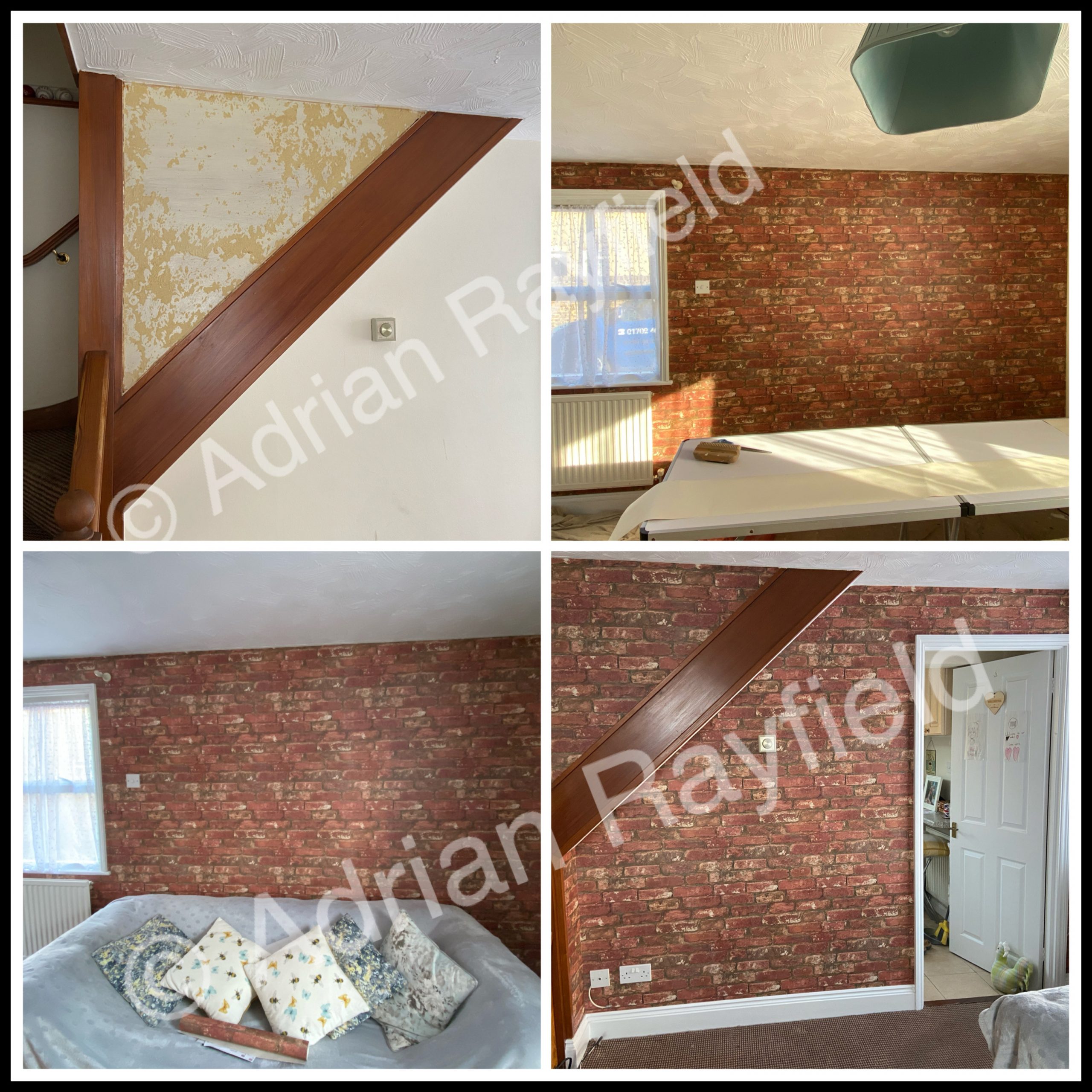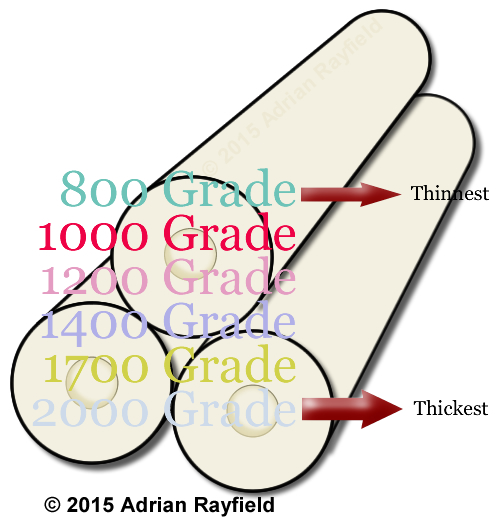Painting, decorating and home improvement tips blog
Adding a splash of colour
Posted by Adrian
January 27th, 2025
Adding a splash of colour
Adding some colour to a room can transform the look and feel of a room, don’t be afraid to experiment with colours. It doesn’t have to be a whole room, it could simply be a panel or colour, or a feature wall.
Also, it doesn’t just have to be paint you use to add colour, wallpaper is also a good option, and if you use wallpaper as a feature wall, it will add colour and the desired effect, without braking the bank with a large expense of wallpapering an entire room.
Wallpaper to add some colour
I recently was asked to wallpaper for a client, when I spoke to them on my initial visit, the said that they had lived with plain walls for a long time and wanted to add some colour. They had already decided on the wallpaper, and had decided to have a fire breast, and one wall in one room, and one wall in the hallway, all with the same wallpaper.
By adding some feature walls added colour and also tied in the areas together well, the final result was a striking geometric wallpaper that added colour to the plain walls.
The result
Tags: Colour, Feature, Feature Wall, geometric, geometric wallpaper, Wallpaper, Wallpapering
Posted in Decorating Tips, Home Improvements, News, Resources | No Comments »
Some recent Painting and Decorating work
Posted by Adrian
December 21st, 2020
Below are some photos of recently completed work. They include a home office, and two lounges.
A Bedroom/office

This Home office is in a listed building, hence the exposed beams. It was a challenge to wallpaper as there are no straight walls or corners. The ceiling was painted in brilliant white emulsion,the window, sill and door frame was painted in white satinwood. I was very pleased with the end result, as was the client.
Lounge

In this lounge the client wanted to change the appearance of two plain walls, this brick effect wallpaper was chosen and is very effective and lifelike. Only the wallpapering was done for this client. An effective way to dramatically change plain walls.
Lounge

In this lounge I wallpapered two walls, either side of a firebreast in the alcoves, and also the opposite wall. Both above a dado rail. A good way to give the room a new look without the expense of major decorating.
Tags: bedroom, beroom office, brick, brick effect, Feature, Feature Wall, home office, Listed Building, lounge, office, Wallpaper
Posted in News | No Comments »
Lining paper, what is it?
Posted by Adrian
April 30th, 2019
Lining paper, what is it?
Lining paper has been traditionally used to produce a good, sound, smooth surface for wallpapering over, however it is now more popular to hang lining paper and emulsion over it.
Lining paper is used to remove any small imperfections on a wall or ceiling, it is not however a miracle cure, so preparation should always be done before hanging lining paper. It isn’t a substitute for plastering either.
Once all the holes and cracks have been filled, the walls or ceiling should be properly rubbed down and any filler should be sanded smooth and level. One this is done dust down the walls to remove any loose debris. You can seal any filler by either using a ‘size’ such as watered down wallpaper paste, or you can emulsion over the filler to help seal it off.

What thickness lining paper
Lining paper comes in different thicknesses, guages or grades, this refers to their weight. they start at 800 guage and go up to 2000 guage, it all depends on how thick you want it to be. Lining paper does offer some insulation qualities but there are also specialist papers for this.
A good mid-range lining paper to go for is 1200 or 1400 gauge, they aren’t too thin and not to thick to be hard to work with.
Can I paint lining paper
As mentioned above, lining paper is meant to produce a smooth background for wallpapering over, but yes you can paint over the lining paper once it is fully dried.
Cross lining, what’s that?
Cross-lining is where the lining paper is hung horizontally rather the vertically like traditional wallpapers, normally if you are going to be emulsioning over the lining paper you could hang it as you would wallpaper, vertically.
Once you have hung the lining paper you need to allow it to fully dry before you emulsion over it, this will take normally between 12 – 24 hours depending on drying conditions.
How to measure for lining paper
Before you buy lining paper or order wallpaper you need to know how much to buy, I have written an article on how to measure a room for wallpaper that explains how you need to do it. I have also written a wallpaper calculator so you can work out how many rolls of wallpaper you need to buy.
Cost of lining paper
With everyone having to tighten their belts these days, cost is a real factor when it comes to decorating, wallpaper can be very expensive if you plan to wallpaper the entire room, a way around this is to only do one wall, or a feature wall as it is known.
If however you wish to change the look of a room every couple of years, or you have pets or children that makes wallpaper not a viable option, lining paper and emulsion maybe the answer.
Once lining paper has been put up it can painted over and over again, saving costs in the long run as all that is required is a fresh new coat of emulsion. Also, if you then decide to wallpaper at a later date, you can do so over the emulsioned lining paper.
Tags: Cross lining, Emulsion, Feature Wall, Lining Paper, Paint, Wallpaper
Posted in Decorating Tips, Home Improvements, Resources | 3 Comments »



